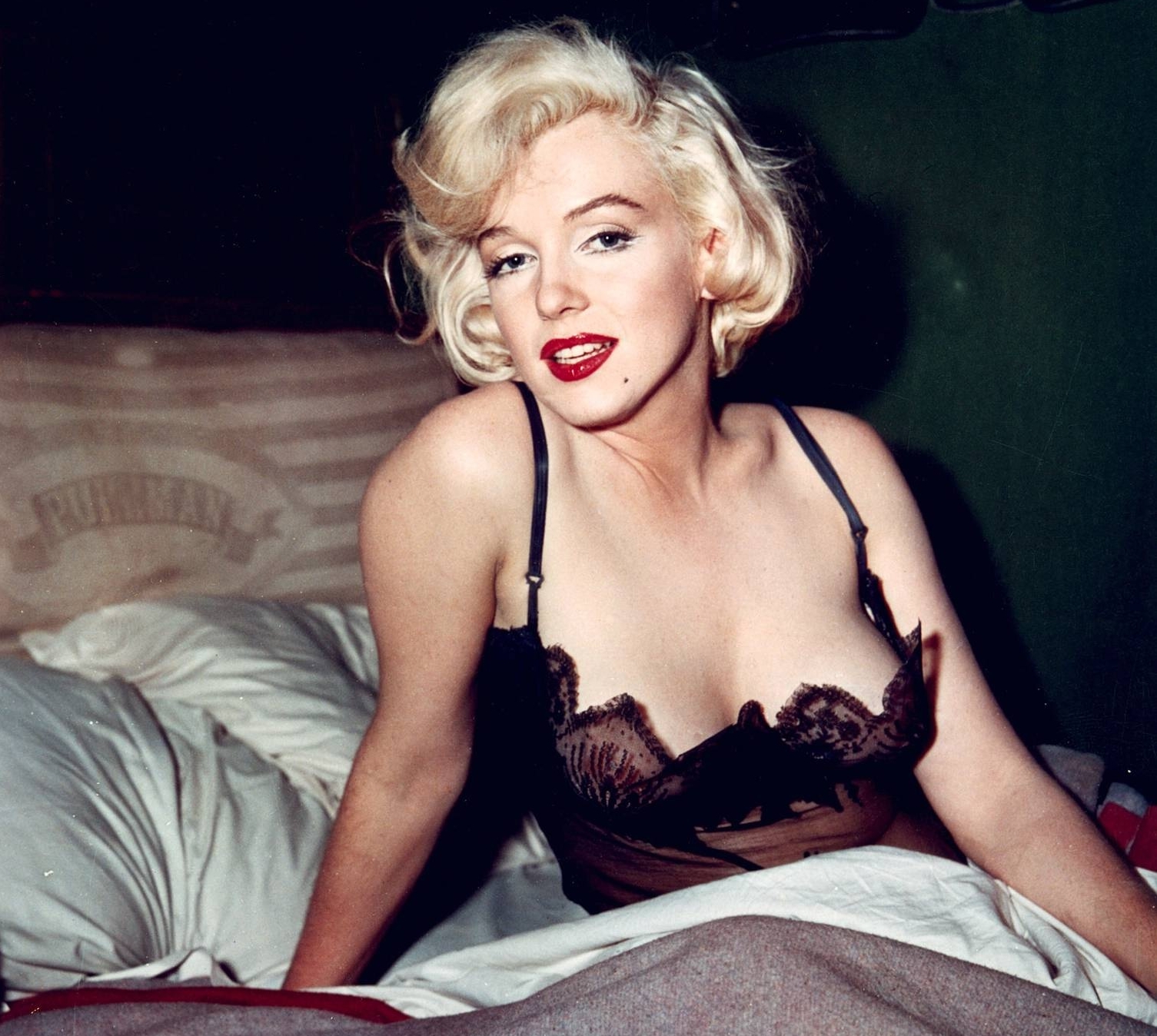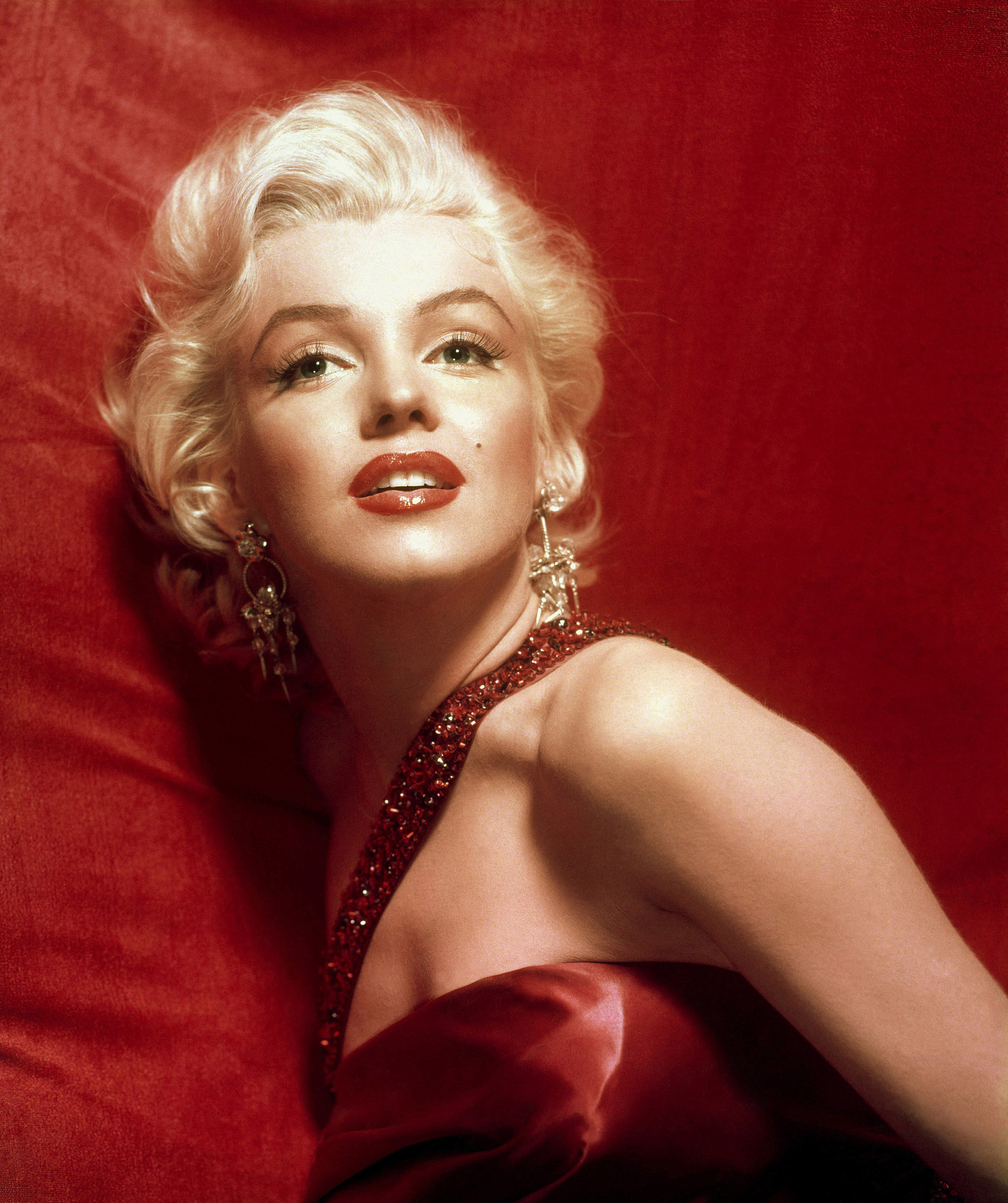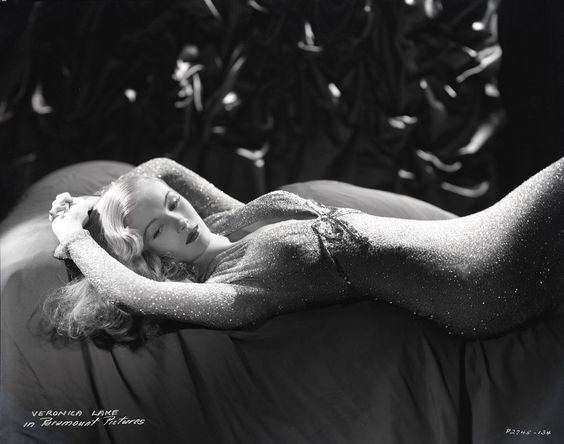Listen to this episode on Apple Podcasts.and Spotify.
This episode was originally released on March 21, 2017. Listen to help prep for the next episode of our new season, The Old Man is Still Alive.
How did a star whose persona seemed to be all about childlike joy and eternally vibrant sexuality die, single and childless, at the age of 36? In fact, the circumstances of Marilyn Monroe’s death are confusing and disputed. In this episode we will explore the last five years of her life, including the demise of her relationship with Arthur Miller, the troubled making of The Misfits, and Marilyn’s aborted final film, and try to sort out the various facts and conspiracy theories surrounding her death.
Show notes:
Sources specific to this episode:
Marilyn Monroe: My Story by Marilyn Monroe
Marilyn Monroe: The Biography by Donald Spoto
The Many Lives of Marilyn Monroe by Sarah Churchwell
Marilyn: The Passion and the Paradox by Lois Banner
Marilyn: Norma Jeane by Gloria Steinem
“Marilyn and Her Monsters” by Sam Kashner, Vanity Fair, November 2010
“Never-before-seen pictures of secretly pregnant Marilyn Monroe” by Ryan Parry, http://www.dailymail.co.uk/
“The Books: The Making of The Misfits, by James Goode” by Sheila O’Malley, sheilaomalley.com
Please note: as an Amazon Associate Karina earns from qualifying purchases. #ad
Credits:
This episode was edited by Sam Dingman, and produced by Karina Longworth with the assistance of Lindsey D. Schoenholtz. Special guest appearance by Rian Johnson as John Huston. Our logo was designed by Teddy Blanks.














